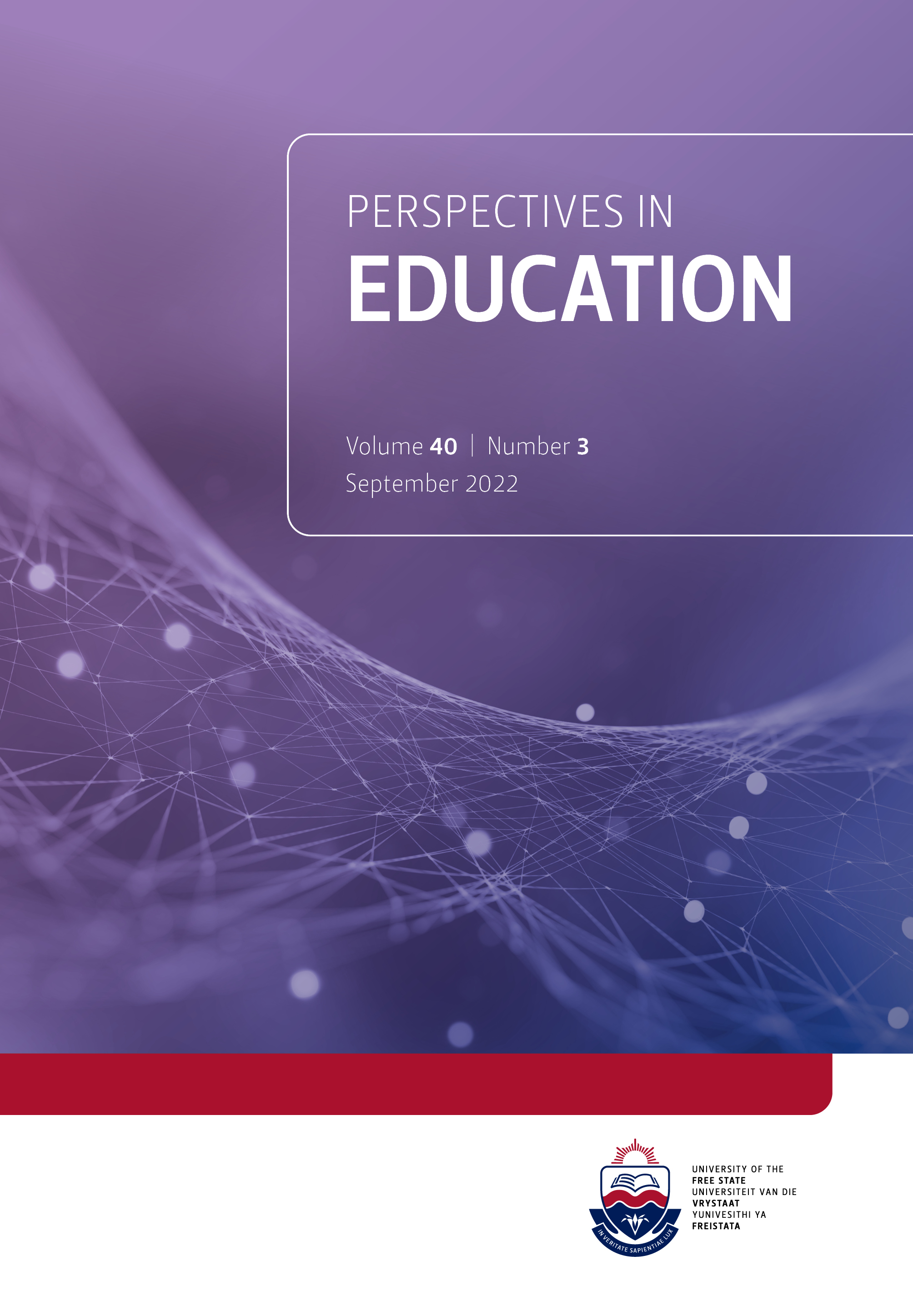Flexibility and agility in pedagogical contingency planning design in open, distance and e-learning
DOI:
https://doi.org/10.38140/pie.v40i3.5655Keywords:
High flexibility and agility, Pedagogical contingency planning (PCP), Covid-19, Policy paradigms, Teaching and learning, Open distance and e-learning (ODeL)Abstract
Pedagogical contingency policy planning in open distance and e-learning plays a critical role in achieving the United Nations 2030 Agenda for Sustainable Development and the 17 Sustainable Development Goals, with the aim to stem poverty, protect the planet, foster gender equality, defend and promote cultures and cultural understanding, and ensure prosperity for all. The purpose of this conceptual paper is to describe criticalities of flexibility and agility in pedagogical contingency policy planning designs in open, distance and e-learning in developing states like South Africa. Furthermore, it examines epistemologies of diverse students’ pedagogic inclusion in line with social justice and equal rights during strategic planning and management. The legal rational paradigm is underpinned by a qualitative narrative research design to analyse available theories and epistemologies of flexibility and agility in pedagogical contingency policy planning theories in open distance and e-learning. Using the theory of justice by Rawls, the paper recommends that flexibility and agility in pedagogical contingency policy planning in open, distance and e-learning ecosystems must ensure that students from diverse backgrounds are catered for in line with social justice and equal rights values and principles. This is critical for a country like South Africa to achieve the 2030 Agenda for Sustainable Development and the 17 Sustainable Development Goals.
Downloads
##submission.downloads##
Published
How to Cite
Issue
Section
License
Copyright (c) 2022 Prof Jabulani Nyoni

This work is licensed under a Creative Commons Attribution 4.0 International License.









